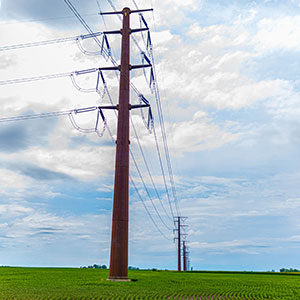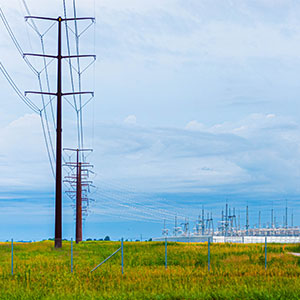Reducing Energy Demand and Rotating Outages
MidAmerican’s electric delivery system is connected to a regional grid that’s managed by an independent entity called Midcontinent Independent System Operator, or MISO.

If there is a situation where energy supply and demand is mismatched, MISO may direct member utilities, like MidAmerican, to reduce overall usage.
MidAmerican has plans in place to work with MISO to reduce demand and mitigate customer impact. Our plans include opt-in “demand response” programs like SummerSaver for residential customers and for large commercial and industrial customers who choose to enroll, MidAmerican’s Curtailment program is designed to reduce their energy usage quickly.

In the unlikely event that those measures don’t meet the energy reduction MISO requests, it will require utilities to “shed load.” MidAmerican has a detailed contingency plan to implement controlled, rotating outages for groups of customers in what would most likely be 60 - 70-minute intervals. The load shedding process is often referred to as rolling blackouts.
A rotating outage is a last resort to help protect the regional grid’s equipment from being overloaded, which could result in serious system damage and the potential for a more widespread and longer power blackout. A rotating outage event would end as soon as MISO determines that regional grid conditions have improved.